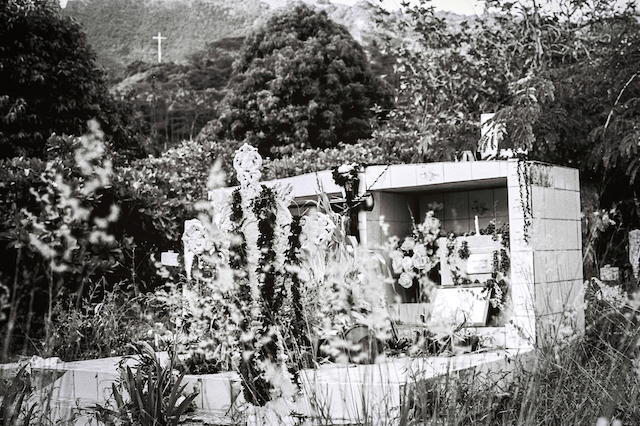Newell Harry / Pernod Ricard Fellowship 2018
In residency from September 2018
Newell Harry is an Australian-born artist of South African and Mauritian descent.
For over the past decade his projects have drawn from an intimate web of recurring travels and connections across Oceania and the wider Asia-Pacific, to South Africa’s Western Cape Province where the artist’s extended family continue to reside. From Pidgin and Creole languages to modes of exchange in the ‘gift economies’ of the South Pacific, Harry’s interests often culminate in culturally ‘entangled’ installations conflating more linear attitudes to language, collection and material.
An open studio is organized the Saturday, November 24, 2018 from 4pm to 7pm.
Notable exhibitions include: Known/Unknowns, Roslyn Oxley9 Gallery, Sydney (2017); Tidalectics, Thyssen-Bornemisza Art Contemporary, Vienna (2017); All the World’s Futures – 56th Venice Biennale (2015), Suspended Histories, Museum Van Loon, Amsterdam (2013); Rendez Vous 11 & 12, Institut d’Art Contemporain, Villeurbanne, France (2011) & South African National Gallery, Cape Town (2012); (Untitled): 12th Istanbul Biennial, Istanbul (2011) and The 17th Biennale of Sydney: The Beauty of Distance, Songs of Survival in a Precarious Age, Sydney (2010).

- Harry Newell, (Untitled) Unmarked Graves, Hiva Oa, Marquesas Islands, 2017
35mm black and white documentation
Statement
“I have recently undertaken an expedition through the Marquesas Islands, French Polynesia. There, on the remote island of Hiva Oa, I had the fortune to chance upon Gauguin’s grave and a small museum housing nothing but locally painted copies of the artist’s work and a reconstruction of the hut where he lived and painted. The tension between a site of such ‘weighty’ historical fact in contrast to the naïve copies has since left me perplexed. But so too have the more problematic issues of value, authenticity and the hangovers of colonial authority and ownership.
With this in mind, I have begun to wonder what archival material in Paris exists on Gauguin. More specifically, I find myself fascinated by the thought that the research/work be interwoven with my own archive of South Pacific photographs, collections of artifacts and personal diaries of Pacific travels from the past decade. Such material may culminate as an artist’s book, as part of a broader ‘faux archive’ that mirrors the historical “reconstructions” I witnessed on Hiva Oa.”
Partager